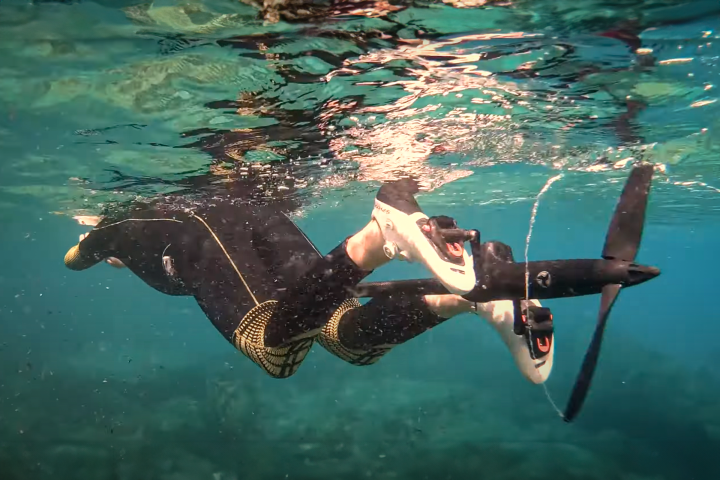Last week, NASA crashed a spacecraft into an asteroid in an event witnessed by millions of people around the world. It turns out we weren’t the only ones watching – a suite of telescopes was also monitoring the collision and its aftermath, including Hubble and James Webb in their first collaboration.
The DART mission was a test run for an experimental planetary defense system. By smashing the spacecraft into the asteroid Dimorphos, scientists hope to have changed its orbit around the larger asteroid Didymos – a plan that could be enacted if we were to ever discover an asteroid on a collision course with Earth.
Along with the exciting close-up views of DART’s last moments from the spacecraft itself and a nearby CubeSat, a range of other telescopes captured the collision from much farther away. That includes NASA stalwart Hubble and the newly launched James Webb Space Telescope, marking the first time these two iconic eyes-in-the-sky have observed the same thing at the same time.

Webb imaged the asteroid with its Near-Infrared Camera (NIRCam) once just before impact, then gathered another nine images over the five hours post-impact. The resulting visuals clearly show a rapid brightening at the point of impact, with wisps of material streaming away into space.

Meanwhile, Hubble snapped 45 images of the event in visible light, using its Wide Field Camera 3. Images taken between 22 minutes and 8.2 hours after impact showed the system became three times brighter afterwards, and the glow lasted a surprisingly long time. On the left-hand side of the image – the general direction that DART approached from – the ejected material forms a fan shape.

And finally, the Southern Astrophysical Research (SOAR) Telescope in Chile snapped the Didymos system two days after impact. This striking image shows a long dust trail has grown out behind the asteroid, giving it the appearance of a comet. Incredibly, the team estimates that it now stretches for more than 10,000 km (6,000 miles).
All three telescopes, as well as other observatories, will continue to monitor the Didymos system in the coming weeks and months. Hopefully we’ll know soon how successful the DART mission was in nudging the asteroid’s orbit.







